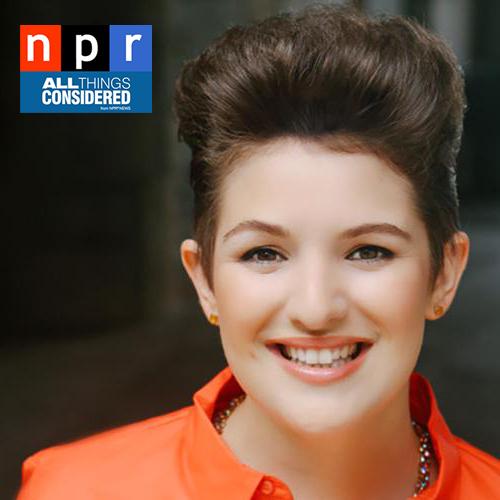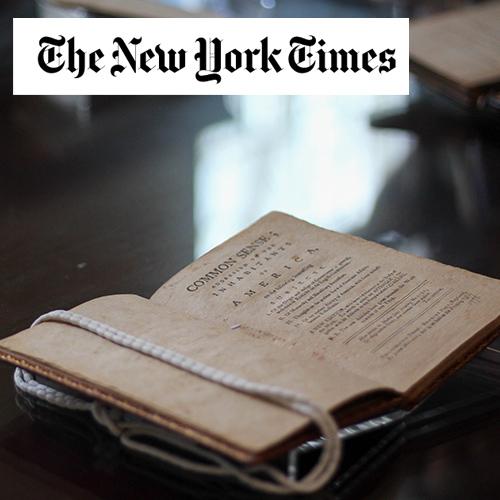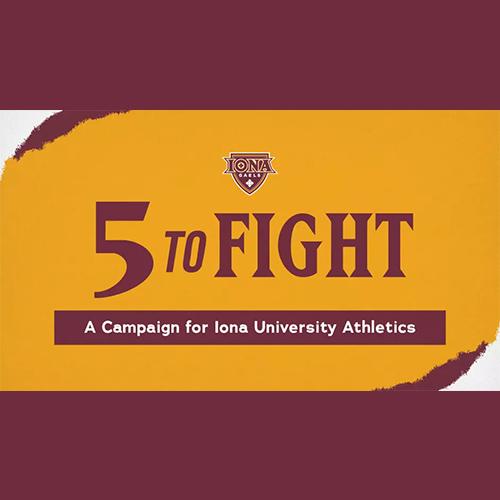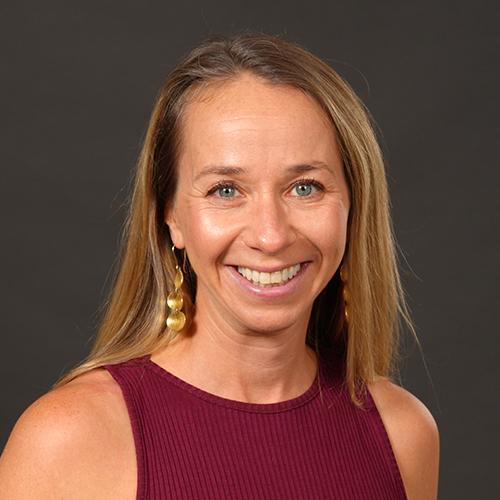Metrics and Accountability
Metrics and accountability for the Strategic Plan's focus areas, goals and action steps.
Focus Area 1: Student Success
Action Step 1.1 Engage with Iona’s early-acceptance program to recruit Iona’s undergraduate CSD students
| Person(s) Responsible: | Resources Needed: | Measurable Outcomes: | Progress |
| Program Director; CSD Admissions’ Counselor; CSD Chair | Website application system | Annual Iona EAP applications | Website updated to describe EAP program: Early Acceptance Programs (EAP) | Iona University; system for reviewing applicants established |
Action Step 1.2 Explore ways to streamline and simplify the admissions’ process, particularly for Iona undergraduates
| Person(s) Responsible: | Resources Needed: | Measurable Outcomes: | Progress |
| Program Director; CSD Admissions’ Counselor | Website updates | Annual Iona undergraduate applications | Website updated to describe Iona undergraduate/alum application program: MA in Communication Sciences & Disorders | Iona University |
Action Step 2.1 Create a clear policy for all CSD graduate students to support professionalism/attendance
| Person(s) Responsible: | Resources Needed: | Measurable Outcomes: | Progress |
| Program Director; CSD Faculty & Staff | Handbook review updates regularly; faculty meetings & retreat time | Faculty/staff reflections; course evaluations; student survey feedback | Addition of required attendance at clinical office hours 7/2025: revision of CSD 580 |
Action Step 2.2 Foster active learning environments in CSD graduate classes through interactive and participatory teaching methods.
| Person(s) Responsible: | Resources Needed: | Measurable Outcomes: | Progress |
| Program Director; CSD Faculty & Staff | Faculty meetings & retreat time | Faculty/staff reflections; course evaluations; student survey feedback | CSD 615: AI analysis component introduced for sampling procedures CSD 517: AI used to support research proposal project CSD 505 & 524: Willow Towers visit embedded into semester for all students |
Action Step 2.3 Support students’ clinical writing needs
| Person(s) Responsible: | Resources Needed: | Measurable Outcomes: | Progress |
| Program Director; Clinic Director; CSD Faculty & Staff | Office of Student Success; Faculty meetings & retreat time | Calipso grading; Faculty/staff reflections; course evaluations; student survey feedback | N/A |
Action Step 3.1 Establish regular meetings and communication channels among faculty, clinical supervisors, and students to ensure alignment and transparency.
| Person(s) Responsible: | Resources Needed: | Measurable Outcomes: | Progress |
| Clinic Director; Program Director; Dept Chair | Scheduled meeting time(s) | Regular meetings with CSD academic faculty/staff & CSD clinical faculty/staff | Monthly leadership meetings established within the dept. |
Action Step 3.2 Develop a digital platform for networking opportunities, allowing students to connect with alumni and professionals in the field.
| Person(s) Responsible: | Resources Needed: | Measurable Outcomes: | Progress |
| Department administrative assistant | Accounts for social media outlets; work with Iona IT to setup platform | Platform developed & # of participants | Department re-initiated LinkedIn Spring 2025: mentorship program created (paired alums with current students) |
Focus Area 2. Academic Excellence & Distinctiveness
Action Step 1.1 Explore international opportunities for CSD graduate students and collaborate with Iona’s study abroad office
| Person(s) Responsible: | Resources Needed: | Measurable Outcomes: | Progress |
| CSD faculty | Possible student/faculty funding opportunities | Initiation of international experience for CSD students | Iona in Ireland proposal submitted for potential summer learning opportunities |
Action Step 1.2 Continue to grow interprofessional education at Iona
| Person(s) Responsible: | Resources Needed: | Measurable Outcomes: | Progress |
| CSD faculty; Iona IPE steering group | Meeting time; continued faculty & student funding opportunities | Increased # of IPE opportunities for CSD students | Willow Towers program with OT students embedded into CSD 505 & CSD 524 curricula |
Action Step 2.1 Invite faculty and clinical supervisors to share clinical knowledge/expertise regularly
Person(s) Responsible:
| Resources Needed:
| Measurable Outcomes:
| Progress
|
CSD faculty (both academic and clinical)
| Meeting time
| Quantity/quality of collaborations
| In progress...
|
Action Step 2.2 Encourage faculty to share research with the larger Iona & non-Iona community
| Person(s) Responsible: | Resources Needed: | Measurable Outcomes: | Progress |
| CSD faculty (both academic and clinical) | Meeting time; possibly funding opportunities | Number of research projects initiated and shared | ‘24-’25: Dorothy Leone: Iona Provost Fellow (AI), presentation of work to Iona community |
Action Step 2.3 Increase student research involvement with a particular focus on supporting knowledge of bilingualism/multilingualism
| Person(s) Responsible: | Resources Needed: | Measurable Outcomes: | Progress |
| CSD faculty; CSD students; Clinic Director | Meeting time; possibly funding opportunities | Number of research projects initiated and maintained | N/A |
Focus Area 3. Talent
Action Step 1.1 Create experiences for CSD students that offer guidance for next steps after graduation
| Person(s) Responsible: | Resources Needed: | Measurable Outcomes: | Progress |
| CSD Program Director | OneDrive folder | Set of documents that outline different types of certification | 5/2025: Each May CSD graduates are provided with documents that outline next steps for certification. |
Action Step 1.2 Increase CEU opportunities
| Person(s) Responsible: | Resources Needed: | Measurable Outcomes: | Progress |
| CSD Clinic Director | CEU providers/presenters | Number of CEU courses offered | CEU course completed during Spring ‘25 semester: CSD Continuing Education | Iona University |
Action Step 2.1 Increase NSSLHA involvement for CSD graduate students
| Person(s) Responsible: | Resources Needed: | Measurable Outcomes: | Progress |
| NSSLHA faculty advisor; CSD graduate students | Advertisement about NSSLHA events to CSD graduate students | Number of CSD graduate students at NSSLHA events | In progress... |
Action Step 2.2 Reinforce E-board position for a CSD graduate student
| Person(s) Responsible: | Resources Needed: | Measurable Outcomes: | Progress |
| NSSLHA faculty advisor; CSD graduate students | Advertisement about NSSLHA to CSD graduate students | CSD graduate student’s e-board level of involvement | In progress... |
Action Step 2.3 Identify at least 1 project/event that CSD graduate students lead for NSSLHA
| Person(s) Responsible: | Resources Needed: | Measurable Outcomes: | Progress |
| NSSLHA faculty advisor; CSD graduate students | Advertisement about NSSLHA to CSD graduate students | Project lead by CSD graduate student | In progress... |
Action Step 2.4 Promote CLDS’ co-curricular service program, through community engagement
| Person(s) Responsible: | Resources Needed: | Measurable Outcomes: | Progress |
| CLDS faculty advisor; CSD graduate students | Advertisement about CLDS to CSD graduate students/Iona & non-Iona community | Creation of project | N/A |
Action Step 3.1 Develop a mentor system for new faculty members to ensure smooth integration and professional growth.
| Person(s) Responsible: | Resources Needed: | Measurable Outcomes: | Progress |
| CSD Program Director; CSD Chair | Meeting time | Mentor system created | N/A |
Action Step 3.2 Foster collaboration between clinical and academic faculty through joint projects and shared scholarly activities.
| Person(s) Responsible: | Resources Needed: | Measurable Outcomes: | Progress |
| CSD faculty (clinical and academic) | Meeting time; funding for conferences and additional learning opportunities | Number of collaborative events/projects among clinical and academic faculty | In progress... |
Action Step 3.3 Encourage faculty to apply for grants and provide support in the application process to enhance research capabilities.
| Person(s) Responsible: | Resources Needed: | Measurable Outcomes: | Progress |
| CSD faculty (clinical and academic) | Possibly course remissions/sabbatical requests; funding for grant-writing workshops/conferences | Number of grants applied for by CSD faculty | In progress... |



